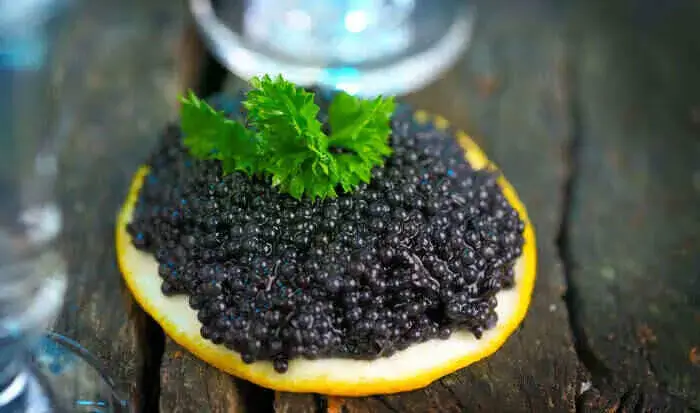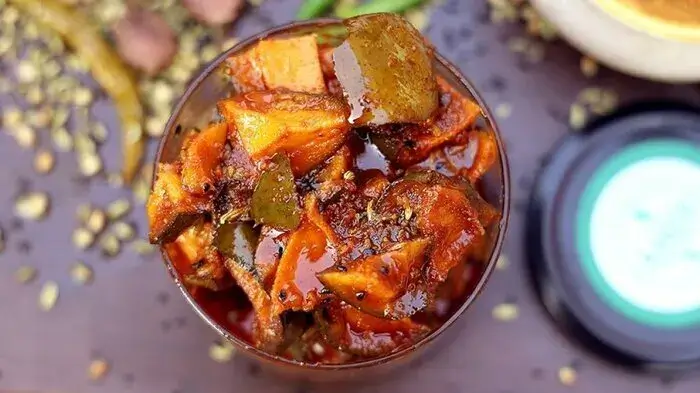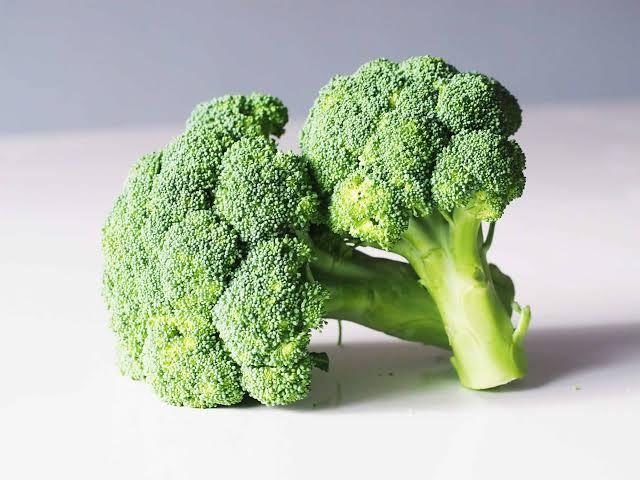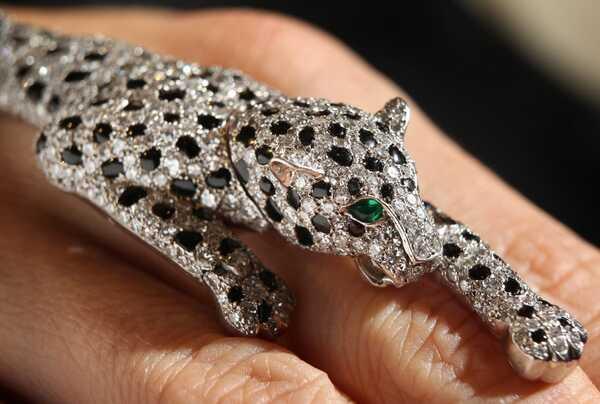Iranian Beluga Caviar History

Also known as Caviar Almas, made from precious fish eggs. This dish is very popular as an appetizer. The price of this valuable caviar is 35 dollars per gram.

Presenting to you the most renowned and prized treat: Caspian region Beluga caviar (Huso Huso) from Iran. It has beautiful, medium-firm, large roe grains and is dark gray in color. Its oily texture melts in your mouth, and its excellent taste is unmatched. Iranian Beluga caviar is regarded as one of the best in the world because of its distinct flavor and creamy texture. Due to its highly regarded taste, even a small amount makes the ideal opulent gourmet gift for connoisseurs.
How is Beluga caviar processed?
Caviar, also known as roe, is a processed salted fish egg. It is composed of various fish species.
The fish that is being used for this gourmet is sturgeon. It makes use of a variety of sturgeon fish, including Beluga, Osetra, starlet, and sturgeon. In other nations, such as the US, caviar is made from salmon or paddlefish. Items for caviar are categorized based on their size, color, and caviar processing method.
- Malossol procedure:
When making caviar, experts frequently favor this type of processing technique. Lightly salted is what malossol means. Typically, fresh caviar contains no more than 5% salt. Nowadays, caviar has a much lower salt content—roughly less than 3%. This caviar variety is regarded as being of superior quality. It is the best method and usually costs more. -
salted or semi-preserved caviars.
The typical salt content of this kind of caviar is 8%. Its high salt content gives it a longer shelf life. Its longer preservation life, however, comes at the expense of its flavor. This is regarded as the conventional method.
If caviar is made from salmon, the roe's skin is removed before it is manually pressed into a screen. To preserve flavor, taste, and decomposition, the skin is being separated. Nonetheless, some residue is left in the roe, which tends to influence the caviar's flavor, taste, and decomposition process. As a result, producers add more salt and preservatives to the caviar to increase its shelf life or preservation. - Caviar was pressed.
When it comes to premium caviar, it is regarded as the second best. Usually, overripe roe—which can occasionally be damaged and too soft—is used to make it. It is pressed to a jam-like consistency and contains a lot of salt. Its potent and concentrated flavors make it one of the most popular varieties of caviar. - Caviar that has been pasteurized.
It is prepared using fresh caviar that has been preserved for a longer period of time in glass jars. Usually, texture and taste are sacrificed. It is vacuum-packed and heated to a high temperature before being placed in glass jars. This method tends to preserve the flavor and taste of caviars, unlike the traditional or salted processing. It is an enhanced version of the conventional method that can extend the caviar's shelf life or preservation. This method is thought to be far more effective at extending the caviars' shelf life.
In general, salt content of Caviar depends on the grade or also known as size of the roe, the weather, and condition. Some caviar has borax content aside from the salt content.

Caviar production process is of two types. These are:
- The conventional method of producing caviar.
It involves employing manual labor to separate the salmon eggs from their skin. This process results in the loss of a maximum rate of 25 percent for grade A product. For grade C products, the maximum loss is seventy percent, while for grade B products, the loss is less than fifty percent. - The production process of East Point Caviar.
It involves using a machine to separate the salmon eggs' skin. The machine is a specially made caviar-making tool. This procedure lowers the rate of grade A product loss to no more than 10%.
15% for B-grade students and up to 30% for C-grade students. To further sanitize the production process, ozone is added to a cold brine solution.
When compared to the traditional production process, this one has a number of advantages. They are:
1. There is less salt present.
2. It has a longer shelf life and doesn't freeze.
3. It tastes better.
4. All grades, including those that are deemed rejects, have a lower loss rate.
5. Each pound of the finished product requires less manual labor.
The mild red, succulent eggs of salmon caviar are a natural sea gift that is regarded as being of excellent quality. With specific vitamins, protein, and amino acids, it is incredibly nutrient-dense. Caviars are thought of as cakes that prolong life and restore power.
It was found that salting and pickling fish and eggs was a common practice in ancient times to preserve food during times of famine, lengthy sea voyages, and conflict.








